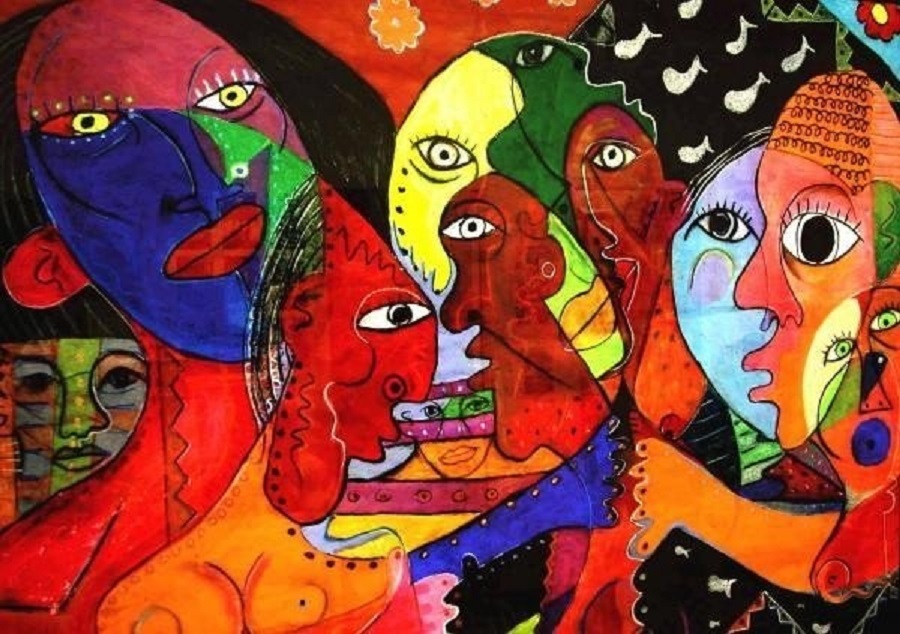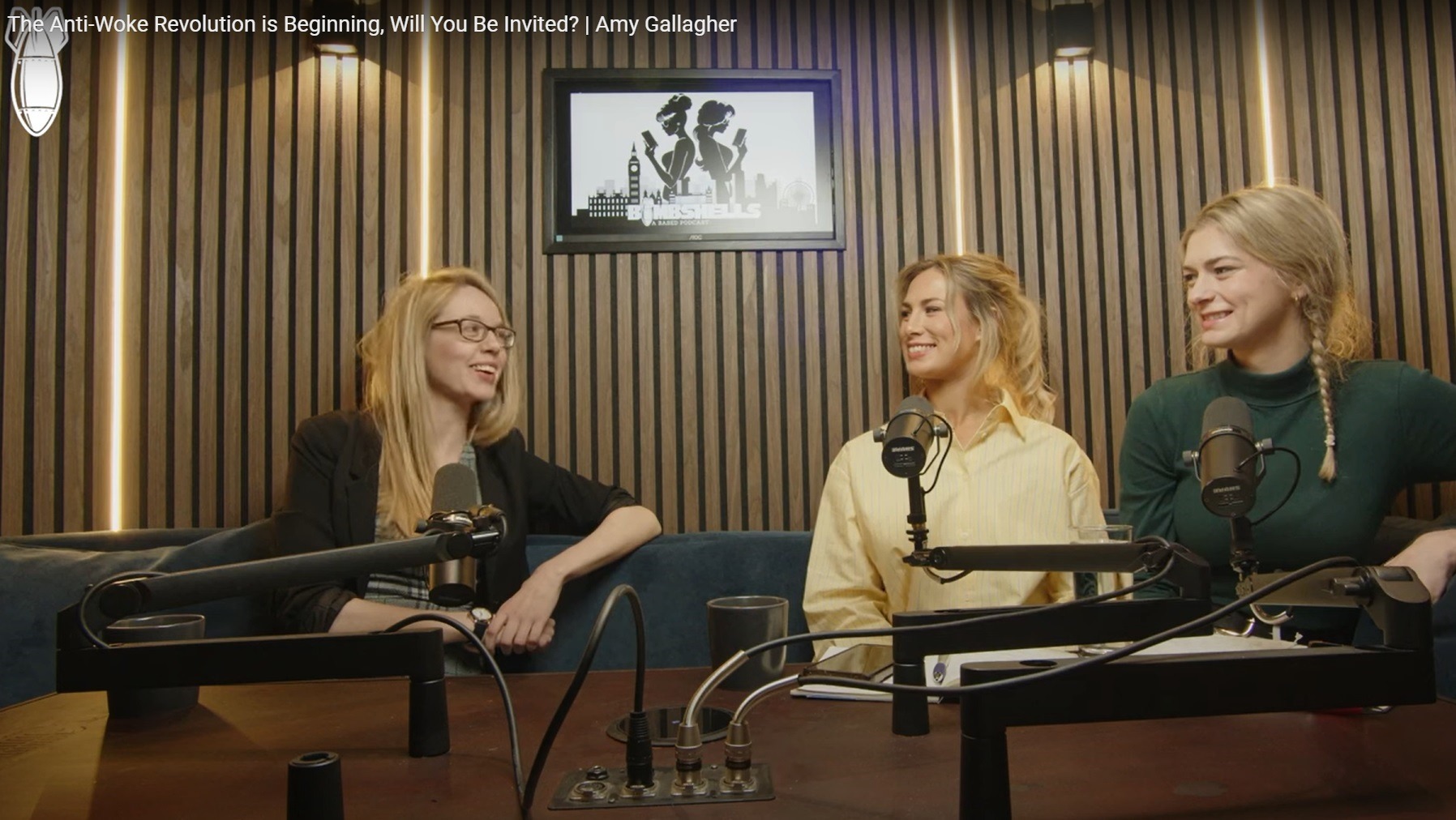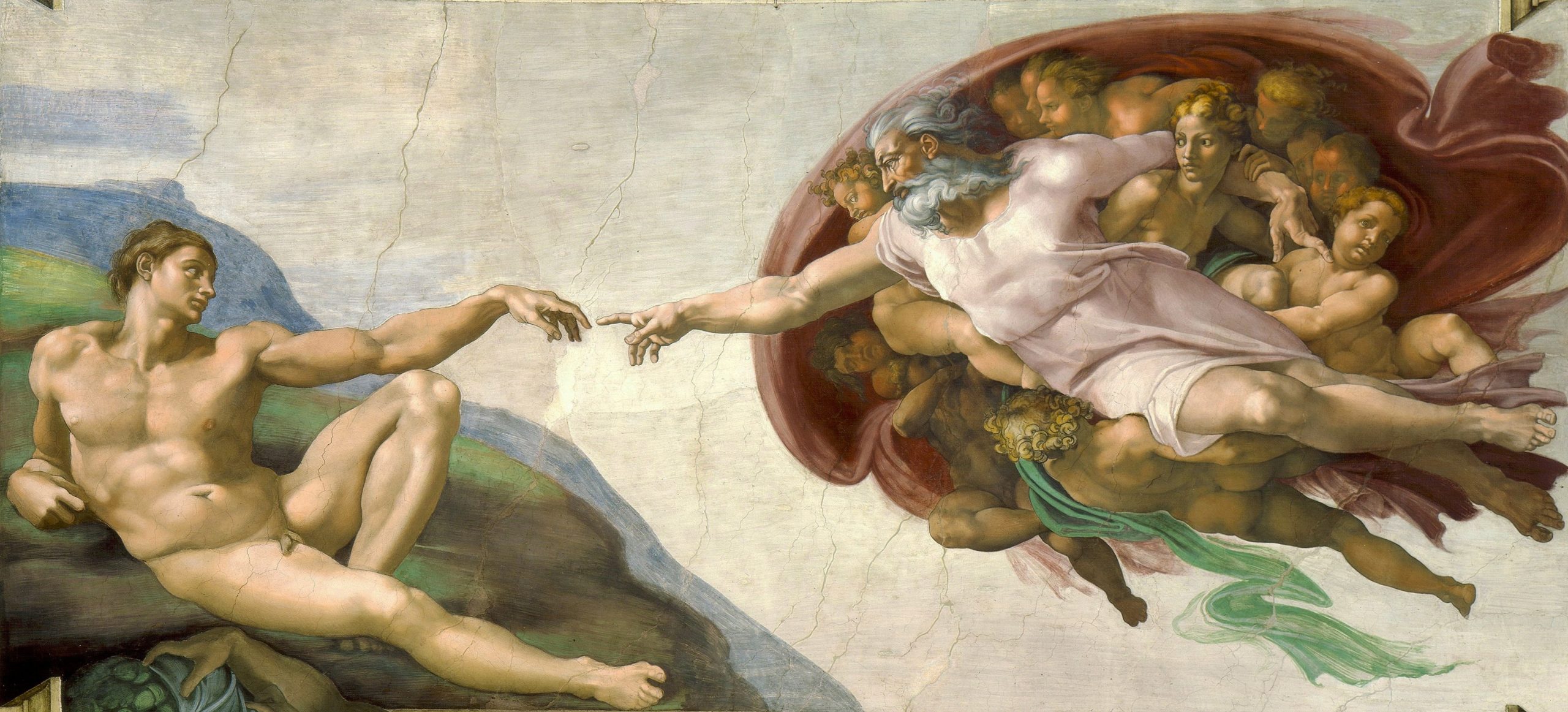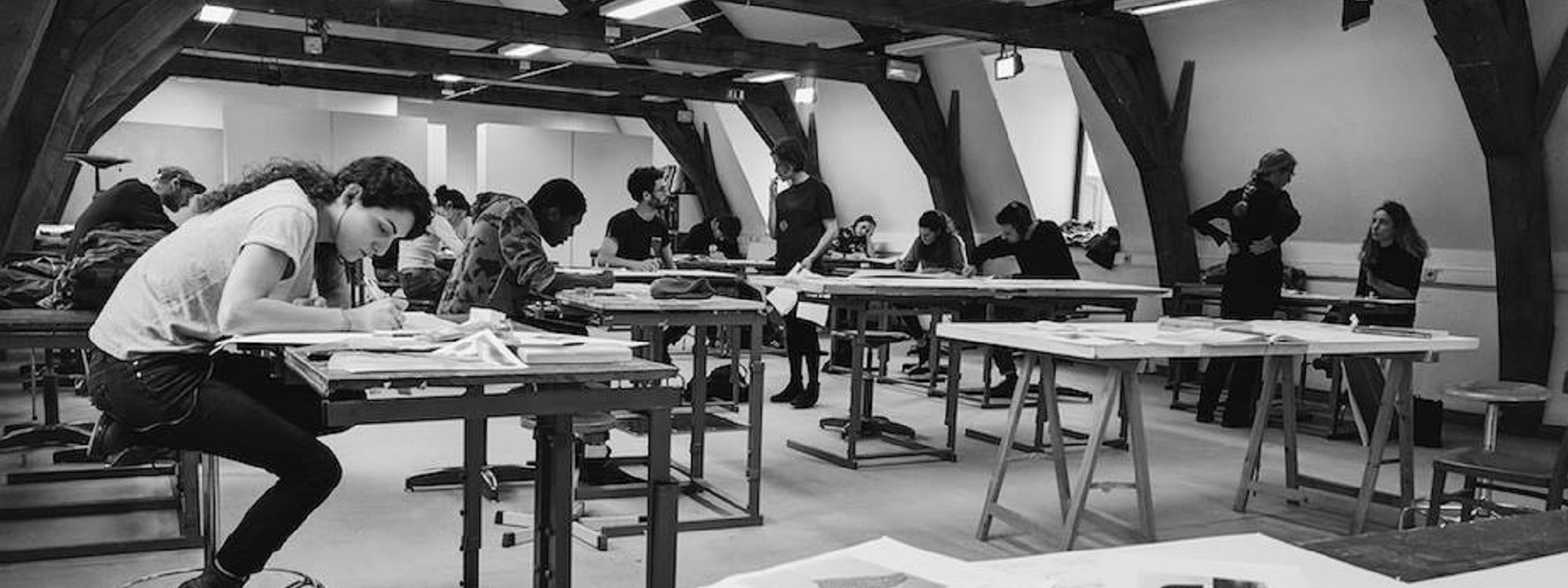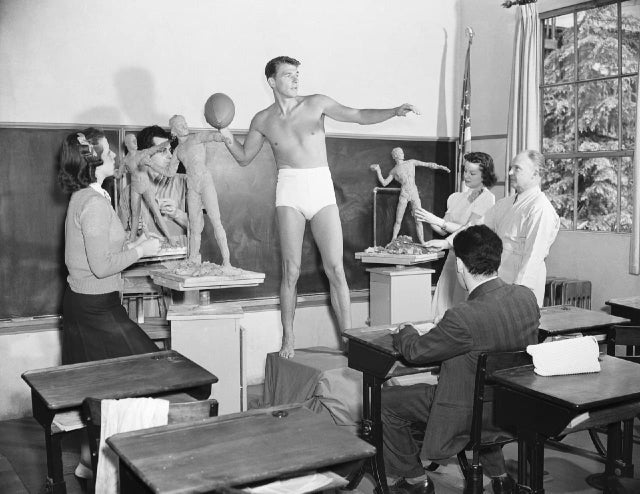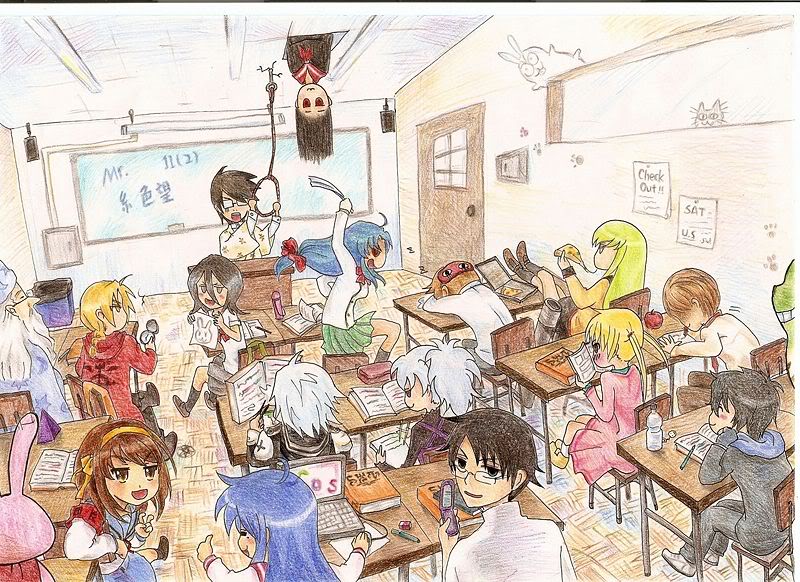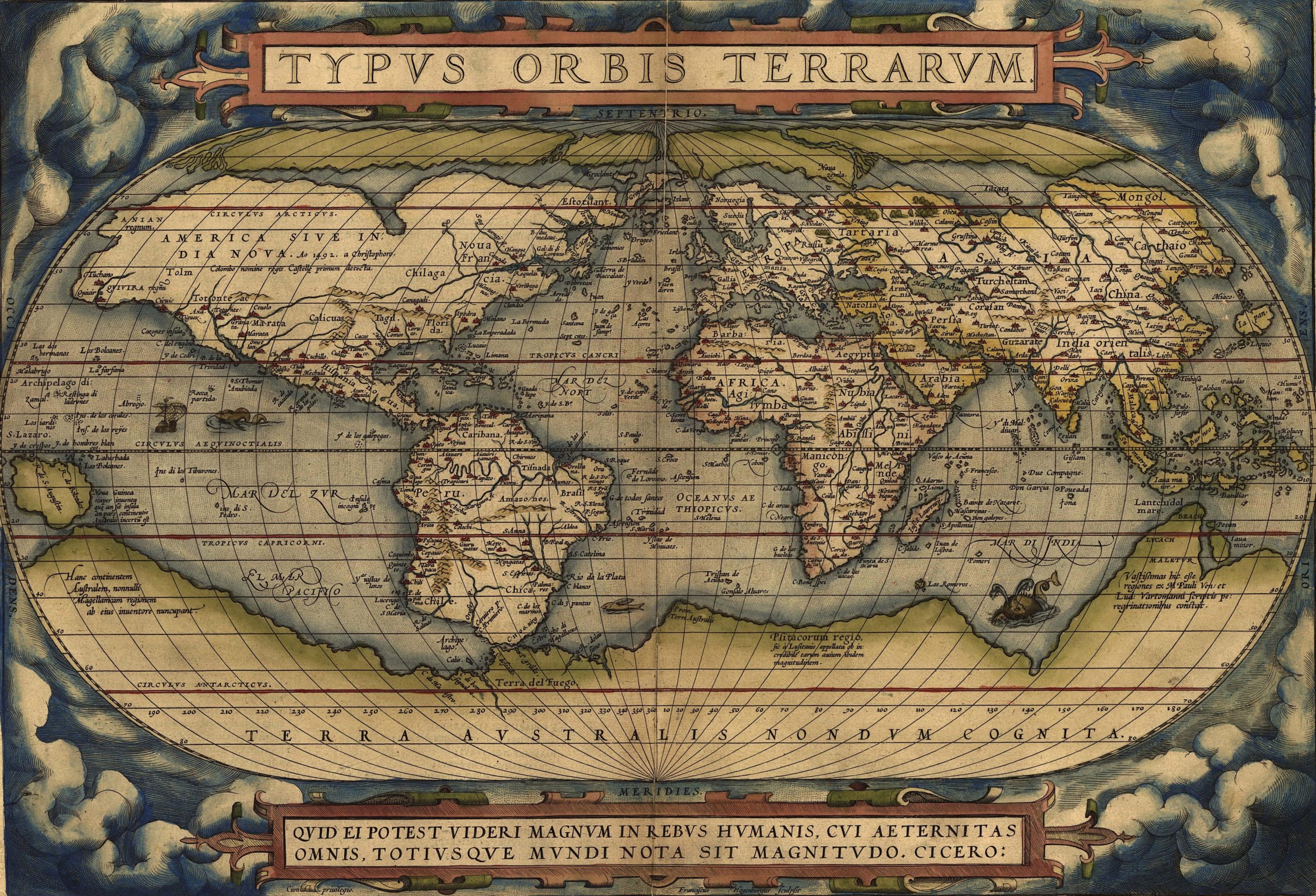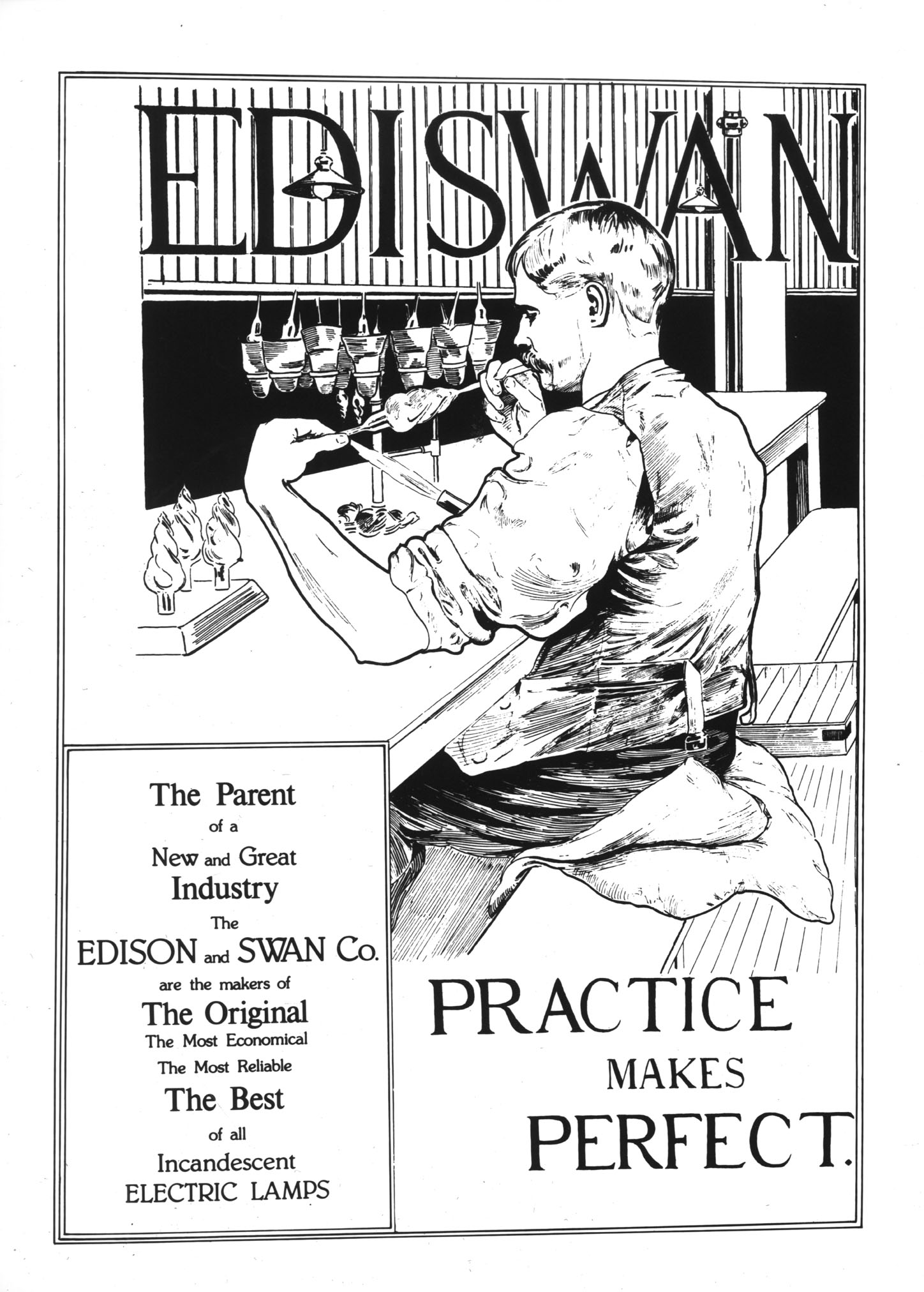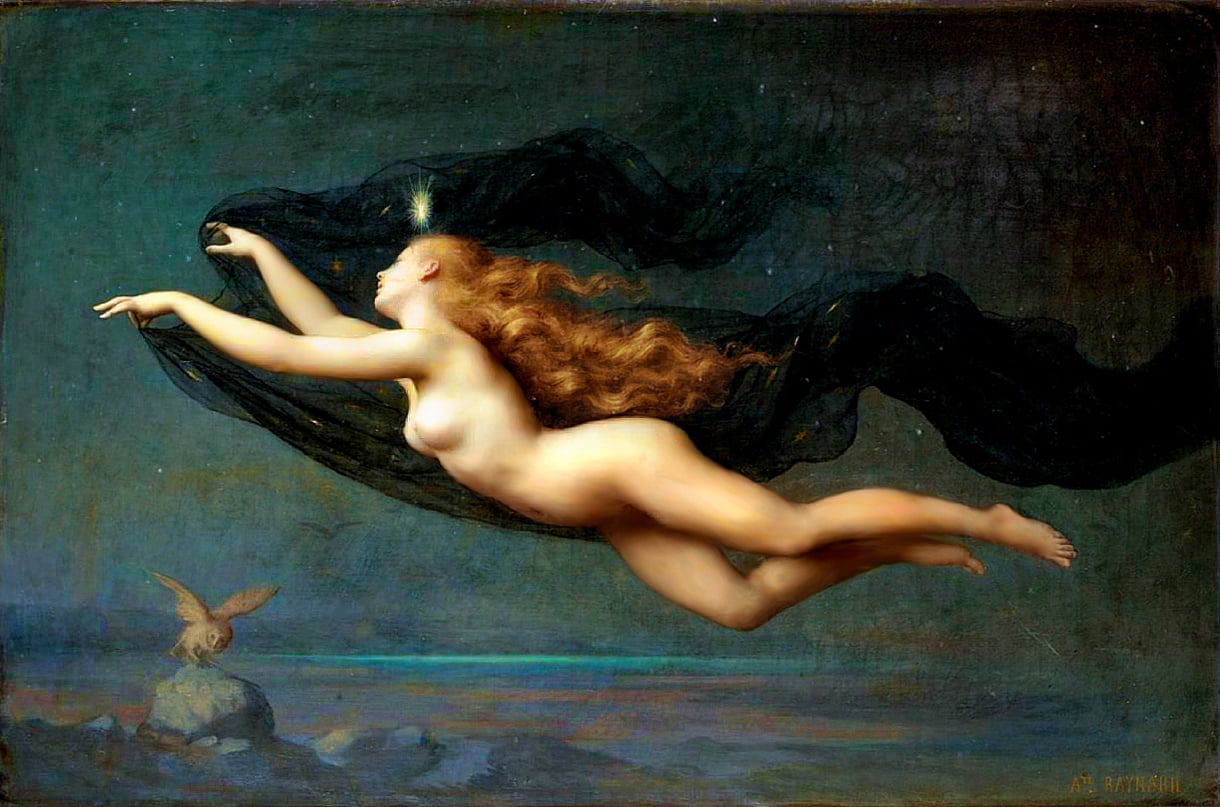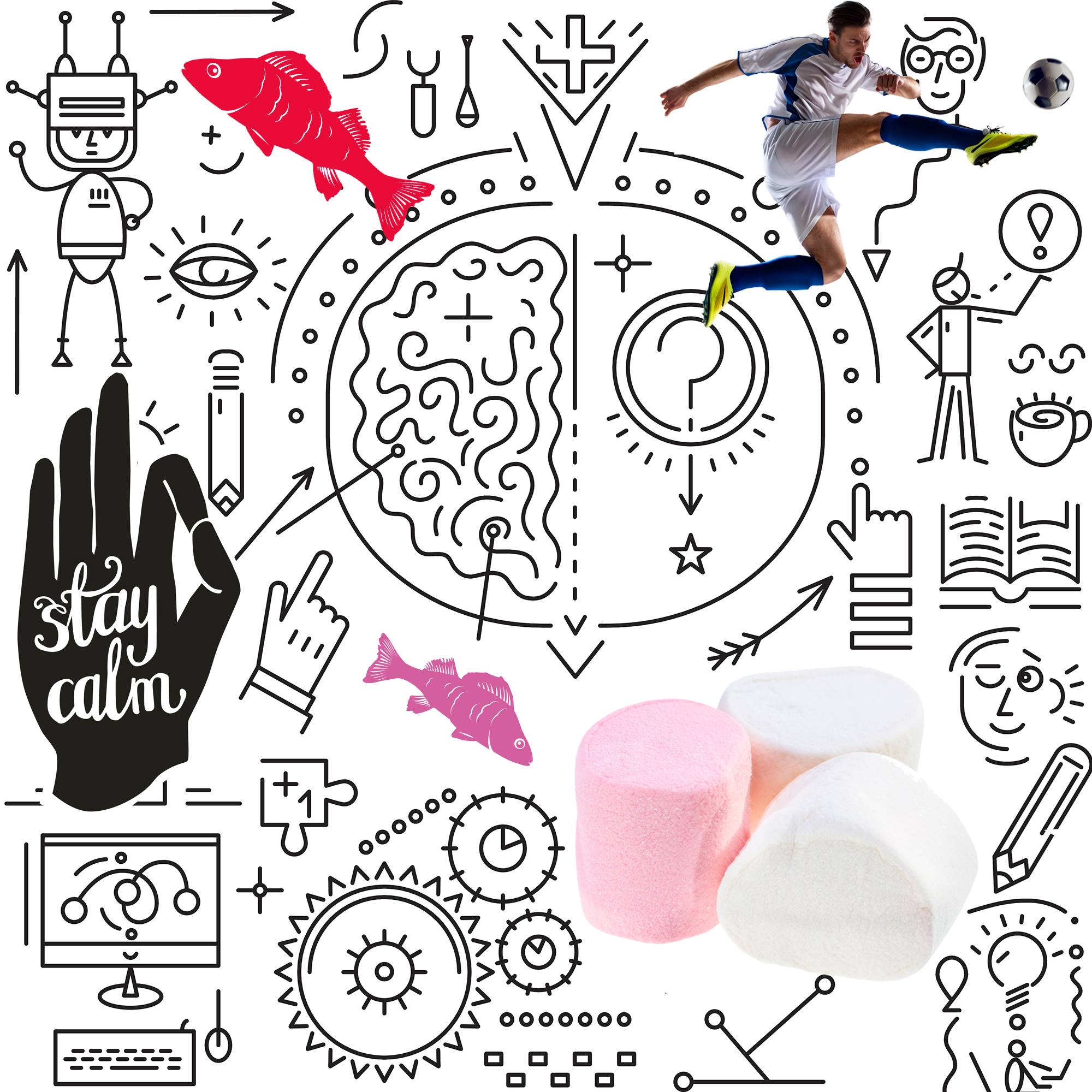Can’t do this anywhere else. Your call 📱 pic.twitter.com/BtWCpbM87C
— Bobby Guntoro (@bobbygunt) July 18, 2024
Archives
- Home
- Event Page 67

Water 330
Infotech 400
Today at 11 AM/ET we update our understanding of best practice literature relevant to the information and communication technology enterprises in education communities. Our online meetings coincides with the day of two IEEE Education & Healthcare Facilities Committee teleconferences at 14:00 Central European time and 2:00 PM Eastern time in the Americas. Starting 2023 we have begun to break down our coverage of information and communication technology embedded in campus buildings into two modules – Infotech 200 and Infotech 400.
Open to everyone. Use the login credentials at the upper right of our home page.
Language
“He who does not speak foreign languages
knows nothing about his own.“
— Johann Wolfgang von Goethe
Here’s a rough breakdown of the top languages on the web:
English: 55.4% – Russian: 6.6% – Japanese: 5.4% – Spanish: 5.2% – Chinese: 4.6%
One of the most contentious aspects of best practice discovery and promulgation in any domain, and no less so in educational settlements, is an agreed-upon vocabulary and shared understanding. As we explain elsewhere in this history, when a counter-party disagrees with you, he simply switches out the vocabulary — i.e. changes definitions or adds or subtracts from the traditional meanings of things. So we approach this topic several times a year to confirm our bearing on the meaning of things.
We observe National Poetry Month in the United States and Canada every year with an inquiry into changes in the (meaning of) definitions at the foundation of best practice literature; frequently the subject of sporty debate among experts writing codes and standards for the built environment of education communities.
In the United Kingdom, National Poetry Month is celebrated in October, and it is known as “National Poetry Day” which has been observed since 1994. It is an initiative of the Forward Arts Foundation, which aims to encourage people to read, write and perform poetry.
Other countries also have their own poetry celebrations, such as World Poetry Day, which is observed annually on March 21 by UNESCO (United Nations Educational, Scientific and Cultural Organization) to promote the reading, writing, and teaching of poetry worldwide.
In past years we used a Tamil mnemonic because Tamil is the oldest surviving language and remains the spoken language of 80-odd million people of South Asia. Alas, use of Tamil confounds our WordPress content management system so in 2024 we began coding this topic in American English
Latin Phrases You Should Know. pic.twitter.com/Erq61gVW29
— Learn Latin (@latinedisce) May 5, 2024
“Come Thou Fount of Every Blessing” Pepperdine University
It’s mysterious and spooky
and all together ookyHappy Halloween 🎃 pic.twitter.com/8ug42OpYOK
— University of Notre Dame (@NotreDame) October 31, 2023
“Spitfire” (Sir William Walton) | University of North Carolina
“Learn by Doing” | Summer Twilight @CalPolyhttps://t.co/3jCzJ2gqSv pic.twitter.com/kF4OhhbaaV
— Standards Michigan (@StandardsMich) July 19, 2024
Afternoon drinks at @Turtlebayuk 🍸🍹🥂❤️❤️❤️❤️ pic.twitter.com/FzOqsVQxV1
— Angela Hough (@angeladunn6) July 20, 2024
Fine Arts
There are written fine arts standards that have been developed by various organizations and educational bodies. These standards provide a framework for what students should know and be able to do in the arts at different grade levels. Here are a few examples of fine arts standards:
National Core Arts Standards: The National Core Arts Standards were developed by the National Coalition for Core Arts Standards and outline what students should know and be able to do in dance, media arts, music, theater, and visual arts at different grade levels.
State Fine Arts Standards: Many states have their own fine arts standards that are aligned with the National Core Arts Standards but may be tailored to reflect the unique needs and priorities of the state; e.g., State of Ohio Fine Art Standards
International Baccalaureate Arts Standards: The International Baccalaureate (IB) program offers arts standards as part of their curriculum framework for the arts. These standards are designed to develop students’ creative and critical thinking skills in the arts.
Arts Education Partnership National Standards for Arts Education: The Arts Education Partnership has developed national standards for arts education that cover the four major artistic disciplines: dance, music, theater, and visual arts.
Today at 15:00 UTC we drill into the technical specifics that contribute to the safety and sustainability of spaces used for the teaching, practice and
display of the fine arts. These occupancies are typically at greater risk than classrooms because they usually contain volatile fluids for artistic painting
or biologic specimen preservation, kilns for pottery, fabrics and related machinery for teaching fashion design and practice.
🌤️🌺⛲🌳 pic.twitter.com/bRL7eIY4gg
— Cranbrook Academy of Art (@cranbrookart) July 3, 2023
An evening well spent. pic.twitter.com/f54rKqGzLM
— Archie Goodwin (@ArchieG1946) July 20, 2024
Acoustics
The AES welcomes new Executive Director, Colleen Harperhttps://t.co/r7DfPp6wfE#AESorg #proaudio #audioengineer pic.twitter.com/nTKBf8oHeR
— Audio Engineering Society (@AESorg) January 16, 2019
Hello World!
Today we explain our collaboration with other like-minded units in education communities in the US and other nations. In most cases we conform to participation requirements set by ANSI US Technical Advisory Groups to the International Organization for Standardization but we also have liaison with other universities in the European Union who conform to the participation requirements of their own national standards bodies.
Use the login credentials at the upper right of our home page. Because a great deal of content is copyright protected by the International Electrotechnical Commission, International Organization for Standardization and International Telecommunications Union, please contact bella@standardsmichigan.com for an advance agenda.
"Nunca vas a comprender" | Rita Payés
Escola Municipal de Música de Sant Andreu Catalunya
print("Lunch Hour 1600 UTC")\n weekday(2)https://t.co/JdrnOtAFishttps://t.co/7wLuUBaHn6— Standards Michigan (@StandardsMich) July 17, 2024
Illumination 300
Illumination technologies have had a pattern of consuming about 35 percent of building electrical energy use. That number has been pressed downward with the expanded application of LED luminaires and occupant responsive controls; much of the transformation hastened by IEEE and ASHRAE consensus products.
Today we run through the development status of these products. Our meeting coincides with the day of two IEEE Education & Healthcare Facilities Committee teleconferences at 14:00 Central European time and 2:00 PM Eastern time in the Americas.
Intellectual Property
Innovation – Standardization – Commoditization run along a continuum. Today we unpack some of the ideas that hasten (and prohibit) leading practice discovery; how quickly goods and services become a “human right”; why all of this is relevant to education communities and why some believe that commoditization is a myth.
From the Wikipedia
In business literature, commoditization is defined as the process by which goods that have economic value and are distinguishable in terms of attributes (uniqueness or brand) end up becoming simple commodities in the eyes of the market or consumers. It is the movement of a market from differentiated to undifferentiated price competition and from monopolistic competition to perfect competition. Hence, the key effect of commoditization is that the pricing power of the manufacturer or brand owner is weakened: when products become more similar from a buyer’s point of view, they will tend to buy the cheapest.
Why High-Tech Commoditization Is Accelerating https://t.co/QzTPARLtnp via @mitsmr @IEEECampus @IEEESA
— Standards Michigan (@StandardsMich) October 20, 2020
On a day like today.
“Comparison is the thief of joy.” – Theodore Roosevelt pic.twitter.com/IRf9KCfgWp
— Steve Ellis (@Steveellis06) July 9, 2024
New update alert! The 2022 update to the Trademark Assignment Dataset is now available online. Find 1.29 million trademark assignments, involving 2.28 million unique trademark properties issued by the USPTO between March 1952 and January 2023: https://t.co/njrDAbSpwB pic.twitter.com/GkAXrHoQ9T
— USPTO (@uspto) July 13, 2023
Standards Michigan Group, LLC
2723 South State Street | Suite 150
Ann Arbor, MI 48104 USA
888-746-3670



